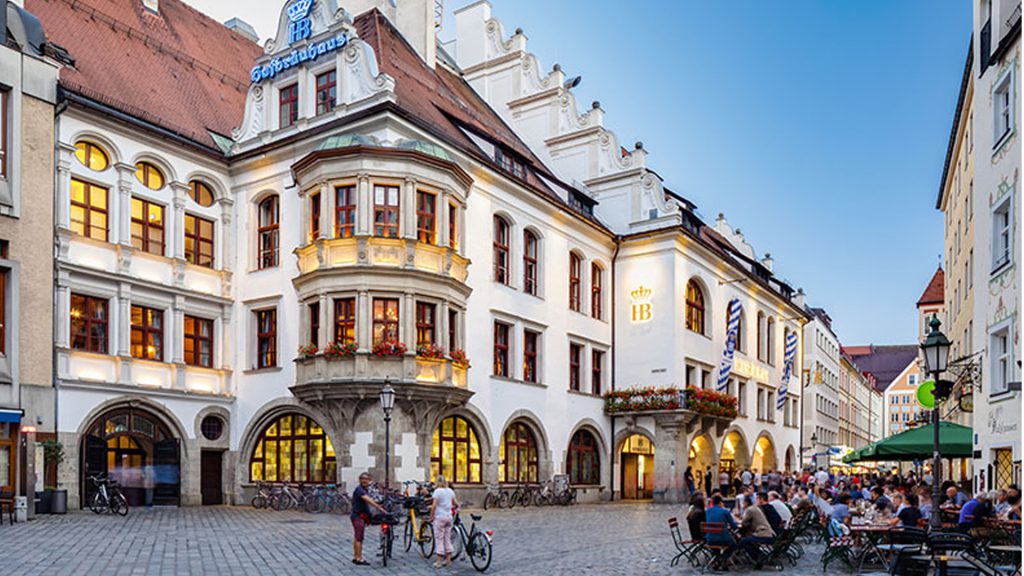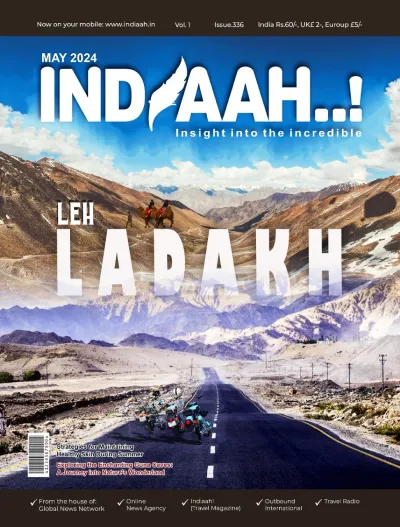
The global travel sector is breaking boundaries in 2024 as consumer spending on tourism remains robust and passenger traffic soars, according to the latest report from the Mastercard Economics Institute (MEI). The MEI’s fifth annual report, “Travel Trends 2024: Breaking Boundaries” provides comprehensive insights into the evolving landscape of the travel industry across 74 markets, including 13 in the Asia Pacific region (APAC).
Drawing on a unique analysis of aggregated and anonymized Mastercard transaction data, including Mastercard SpendingPulse and third-party data sources, the report takes a deep dive into key tourism trends for 2024.
In 2024, fuelled by a growing middle class and expanded route capacity, more Indians are traveling internationally than ever before. In the first three months of 2024, 97 million passengers travelled through Indian airports. Just 10 years ago, the same figure would have taken a whole year to achieve.
While domestic air passenger traffic surged 21% above 2019 levels, international travel rose by 4%. Notably, Indian travellers are increasingly exploring key markets, with a 53% increase in visits to Japan, a 248% growth to Vietnam, and a 59% rise in visits to the United States, compared to 2019, despite a stronger US dollar. This trend signifies a major shift in Indian travel habits towards widespread exploration and discovery.
According to the report, Amsterdam, followed by Singapore, London, Frankfurt, and Melbourne are the top five trending destinations that Indian travellers are visiting this summer (June – August 2024), as measured by the change in share of flight bookings.
“Consumers in the Asia Pacific region have an intense desire and willingness to travel and are becoming increasingly savvy to ensure they get the best value and unforgettable experiences from their trips,” said David Mann, chief economist, Asia Pacific, Mastercard. “For tourism authorities, retailers, the hospitality and F&B sectors, the bottom line is that costs matter. In today’s economy, foreign exchange rates and spending power have become vital components in driving a traveler’s assessment of value when they are making their plans. This suggests that businesses targeting tourism dollars need to review their current strategies, and shift them, if necessary, to maintain their appeal to travellers.”
Consumers globally continue to prioritize experiences over material goods. This is playing out in the travel sector as spending on experiences, especially nightlife, totals 12% of tourism sales – the highest point in at least five years. Additionally, a burgeoning fine dining scene in India has translated to marginal outperformance of the fine dining category for in-destination tourism dining. As of March 2024, spending on casual dining rose by 49.2%, while fine dining saw a 55.2% increase compared to the previous year.


